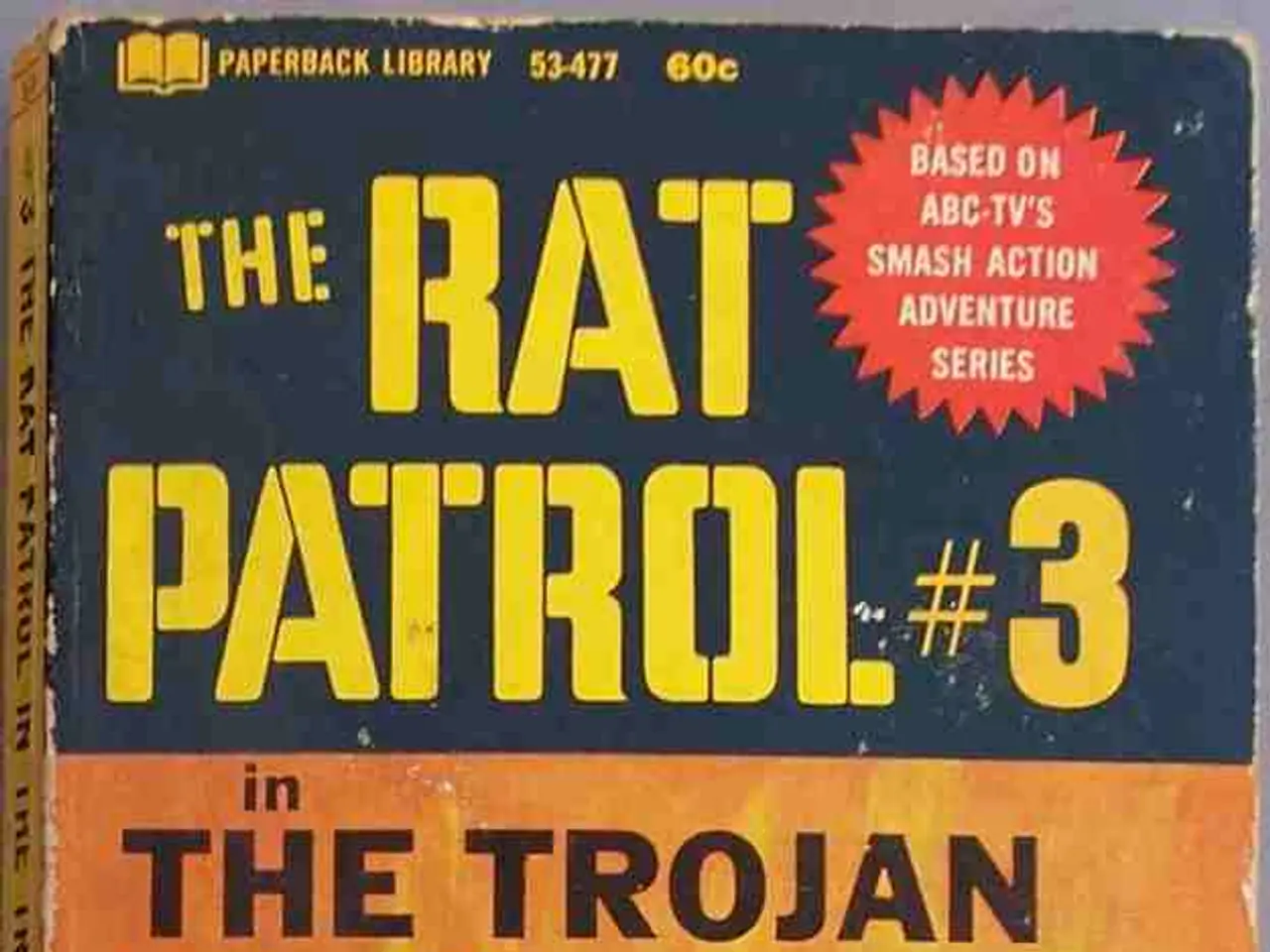T-90M Tank Reserves of Russia Under Debate among Experts Due to Putin's Decreasing Reputation
The ongoing conflict in Ukraine has been a subject of intense scrutiny, with one of the key points of contention being the production rate of T-90 battle tanks in Russia. Analysts from various institutions, such as the Center for European Policy Analysis (CEPA), the Conflict Intelligence Team (CIT), and the US think tank Center for Strategic and International Studies (CSIS), have offered differing views on the matter.
Pavel Luzin, an analyst from CEPA, believes that Russia can only wage the Ukraine war "as long as supplies last." However, the production rate of the T-90M tanks is a contentious issue, with estimates ranging from about 140–180 tanks in 2023 to over 200 in 2024. Some optimistic claims of hitting 300 or even over 1000 units per year have fallen short or remain unconfirmed.
One of the key reasons for this disagreement is the uncertainty about production versus upgrades. Although reports suggest over 200 T-90Ms have been delivered since the Ukraine invasion, many are likely upgrades of older T-90A tanks rather than newly manufactured vehicles. This blurs the distinction between new production and refurbishment.
Another factor contributing to the disagreement is the variability in reported production rates. Estimates of annual T-90M output vary widely, with some sources estimating that Russia could produce up to 200 or more T-90M tanks annually, while others argue these figures are overstated.
Russian efforts to mobilize defense industry production have increased tank output somewhat, but persistent challenges like industrial limits, resource constraints, and the intensity of ongoing combat affect sustained production capacity. The Russian government provides limited clear official figures, so analysts must infer production rates based on satellite imagery, weapons tracking, and indirect military data, which may lead to varying conclusions.
Most of the T-90 tanks produced are reportedly T-90A models, not completely new T-90M units. Despite this, Russia is estimated to be capable of producing several hundred units of T-90 battle tanks annually. However, the quality of these tanks may be inferior, according to some analysts.
The disagreement impacts assessments of Russia's ability to replenish or expand its armored forces during the war. If production is lower or tanks are mostly upgrades, Russia might struggle to maintain frontline strength, affecting the course of the conflict. Conversely, sustained high production would suggest a more robust Russian tank force. This uncertainty feeds differing expert views on Russian military sustainability in Ukraine.
It is also worth noting that Russia has been increasingly relying on older tank models, such as T-80s, T-72s, and T-62s, due to the depletion of newer models. Reserves of T-80 and newer T-72 are running low, but there are still 1,100 T-62 tanks waiting for restoration.
The total number of older variants is estimated to be 370 to 380 units, and the total number of T-90 tanks of all modifications is estimated to be about 435 to 465. According to Oleksandr Yan and the Conflict Intelligence Team (CIT), at least 540 to 630 T-90M tanks have been produced since the start of the war, with over 130 destroyed, leaving an estimated 410 to 500 still in service.
The high price Russia has paid in blood for gaining less than 1% of Ukrainian territory since January 2024 is a testament to the effectiveness of Ukraine's defense. Russia lacks a successful balance between accepting high losses and territorial gain, as Ukraine is defending itself too effectively, according to analysts Jones and McCabe.
In conclusion, the production rate of T-90 battle tanks in Russia and its impact on the Ukraine war remains a topic of much debate among experts. The disagreement primarily stems from conflicting reports about the quantity and nature of tanks actually produced and delivered. This uncertainty feeds differing expert views on Russian military sustainability in Ukraine.
- The disagreement among experts on the production rate of T-90 battle tanks in Russia significantly affects their assessments of Russia's military sustainability in the ongoing Ukraine conflict.
- The uncertainty about the number of new T-90M tanks versus upgraded T-90A tanks, combined with varying reports on annual production rates, contributes to the ongoing debate in the realm of war-and-conflicts, politics, and general news.








